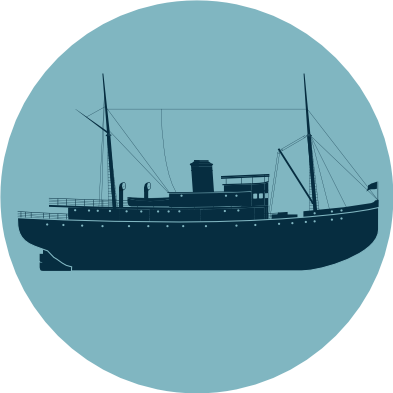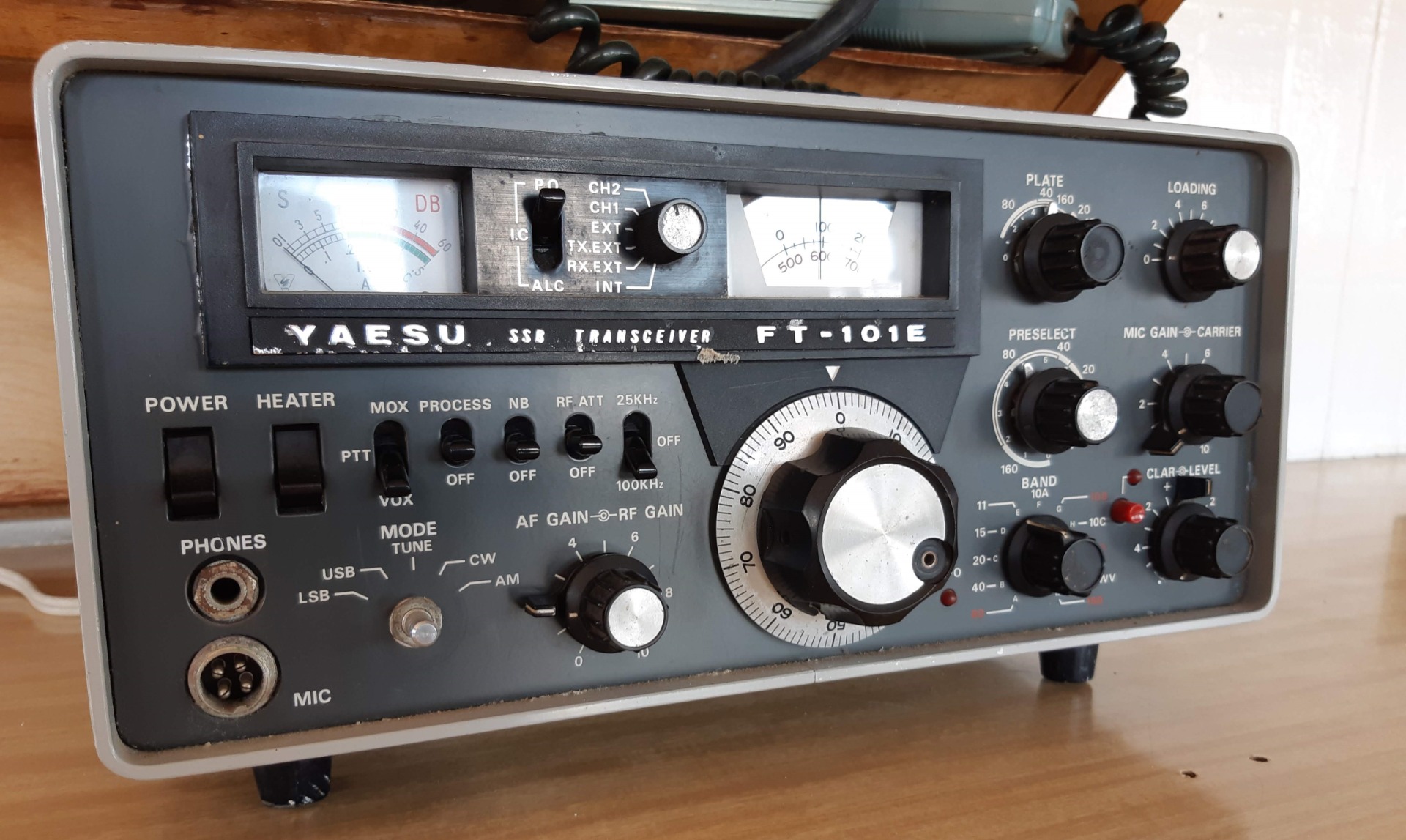
 0
0A host of navigational instruments (Cont’d)
Engine order telegraph

Aboard a ship as old as the ERNEST LAPOINTE, it was part of the engineer’s duties to change the propulsion power (the speed) of the main engines in the engine room when required.
So when the captain wanted to change the ship’s speed, he used the engine order telegraph to convey his orders to the engineer.

Did you notice?
The engine order telegraph dials in the wheelhouse and engine room are not the same colour.
Do you have any idea why?
Find the answer in the engine room.
Sound of an engine order telegraph in an engine room
Radar screens

By emitting electromagnetic waves, a radar detects the presence of objects as well as their position and distance (range) from a ship.
The radar screens in the wheelhouse display data collected by the ship’s radar transceiver.

The time that an electromagnetic wave transmitted by a ship’s radar takes to bounce back from an object to the radar indicates the distance between the object and the ship.
The faster the wave travels back, the closer the object.
Conversely, the longer the wave takes to travel back, the farther the object.

VHF Radio
This radio is used on ships to communicate with other ships and land stations.
It ensures communications and improves safety onboard.

VHF radios have a short range of some 35 nautical miles (65 km).
To navigate in Canadian waters, ships must always have two VHF radios.
Radio communication in the D’IBERVILLE’s wheelhouse, in 1981
Yaesu FT-101E radio
This radio has a much greater range than a VHF radio.

This is a high-frequency, medium frequency, single-side band and continuous wave radio that can receive Morse signals.
Similar radios are still used on ships, but they are automatic and way more modern.
